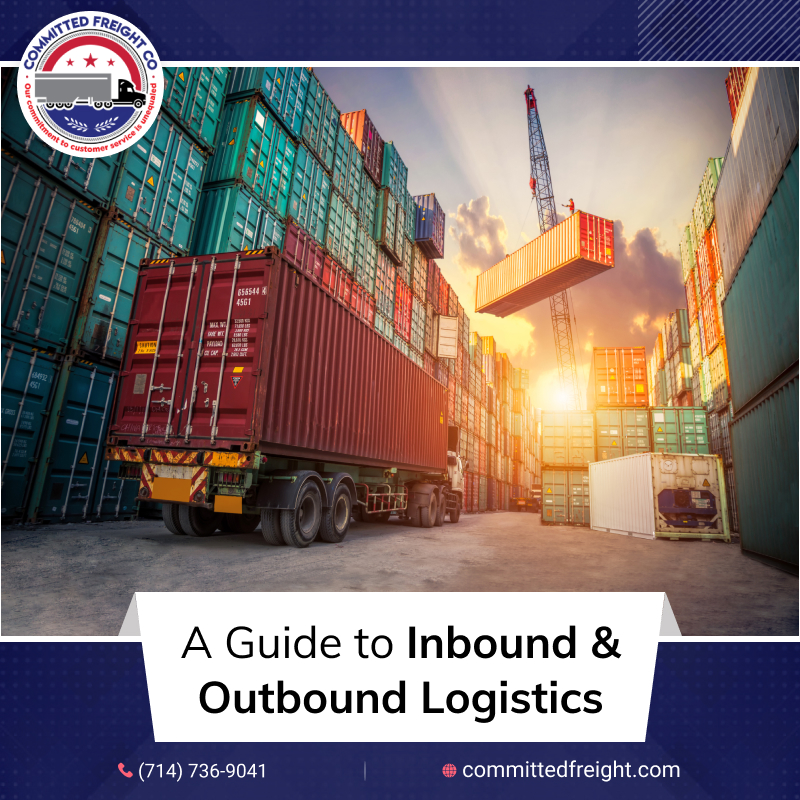We have already talked about why engaging a reliable LTL freight service and a freight company with an advanced warehouse management system (WMS) is important to successful supply chain management processes. But did you know, inbound and outbound logistics, too, play a crucial role in maintaining the inventory efficiently. They both manage the transportation requirements of businesses, from picking the raw materials to delivering the goods to the end-users.
In addition to that, inbound and outbound logistics help in the management of the movement of various resources, materials, and information between the point of inception to the point of consumption. However, without considering the logistical needs of each operation, businesses can experience delayed shipments and lagging production. In this blog, we will explore all the important aspects of inbound and outbound logistics. Let’s get started!
What is Inbound Logistics?
Inbound logistics focuses on the incoming goods i.e., the inflow of goods from suppliers into the warehouse.
So, if you live near California, the most efficient way to transport inbound logistics is the LTL freight service. The reason? Well, that’s because instead of breaking down your goods into individualized packages or paying for an entire truck that you can’t fill, LTL shipping provides the best solutions by optimizing smaller loads compiled into a single freight truck.

What is Outbound Logistics?
Outbound logistics is the process of storing, transporting and distributing goods to customers or other businesses. It relates to the sales of goods (out of the company) i.e., the outflow of goods from the production line to the end-user.
- Understanding the Differences Between Inbound & Outbound Logistics
- Inbound logistics is all about sourcing and receiving raw material and its management in the organization, while outbound deals with customer service and channel of distribution.
- Inbound logistics covers the transportation and storage of goods coming into the warehouse. Alternatively, the outbound side refers to the transport of goods leaving the warehouse.
- In inbound logistics, the relationship is between the supplier and the company. On the other hand, in outbound logistics, the relationship is between the company and the ultimate customer.
How to Optimise Your Business’s Inbound & Outbound Logistics
Build Good Relation with Your Supplier: Having good relationships with your freight service providers can bode well for your business. Between volume discounts and expansion opportunities, to long-term partnerships, you can be rewarded for your growth and commitment.
Consolidating Loads: Companies providing LTL freight service incorporate shipments from various companies into one truckload. It is the transportation of goods that doesn’t need a full truckload because of their smaller nature.
Negotiate the Carrier Rates: Since there are various areas of a shipping agreement that you can negotiate, you can start off by reviewing the factors of the shipping agreement, such as inventory costs and surcharges.
Distinct Transportation Services: The methods of shipping goods vary depending on the type of goods. For instance, items like heavy machinery may ship in small order quantities by truck. On the other hand, perishable goods ice cream or vegetables are required to be transported in refrigerated containers.
Wrapping Up
Should you be looking for a reliable company that caters to your logistics needs and offers the best LTL freight service at optimal rates, get in touch with Committed Freight. We are a brokerage focused on offering a blend of top-quality customer service with highly competitive pricing for your logistics requirements in the U.S.
To know more about our services, reach us @ (714) 736-9041.

